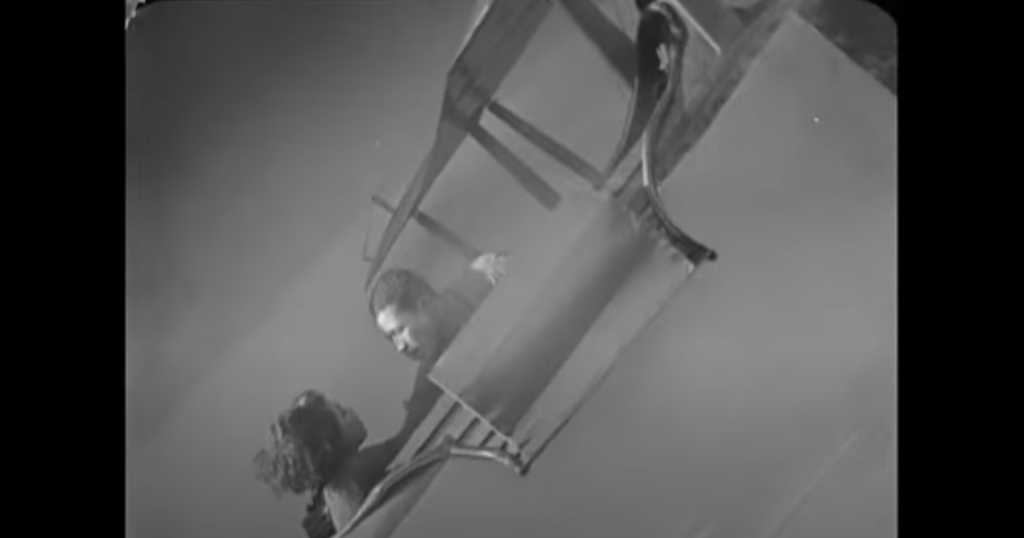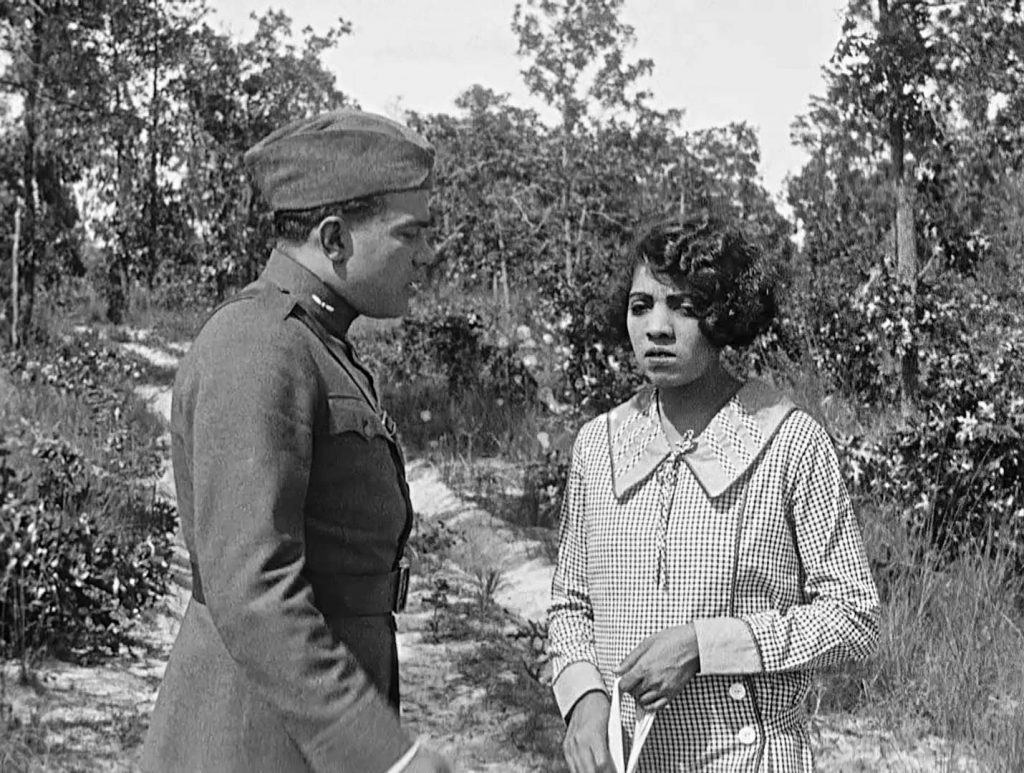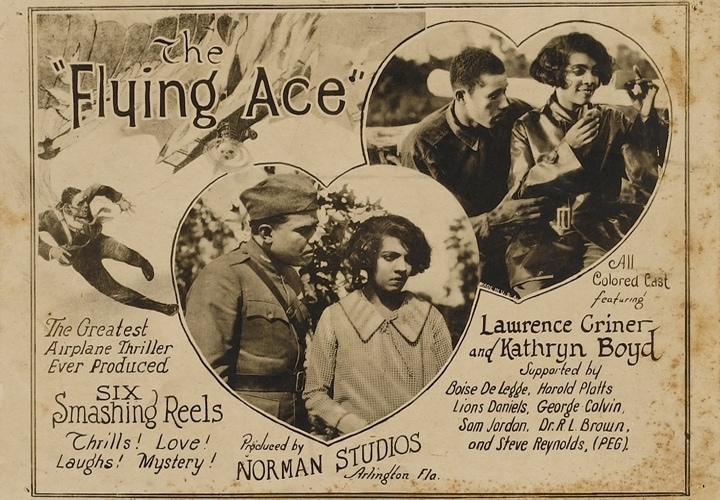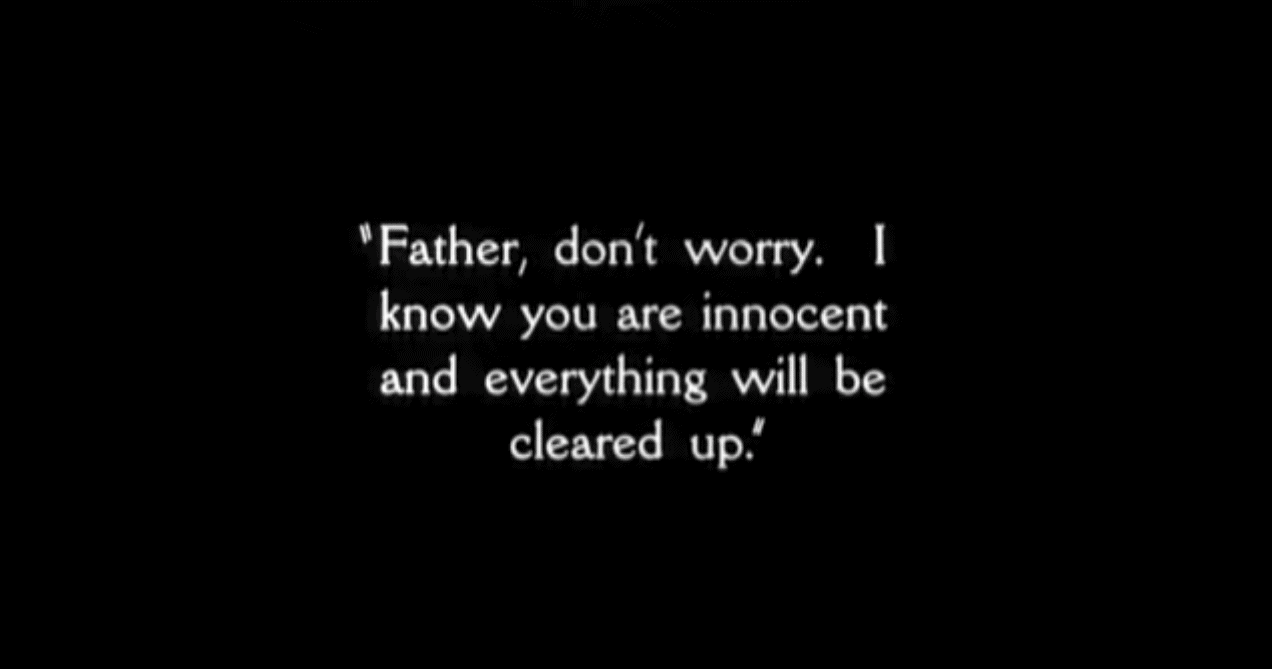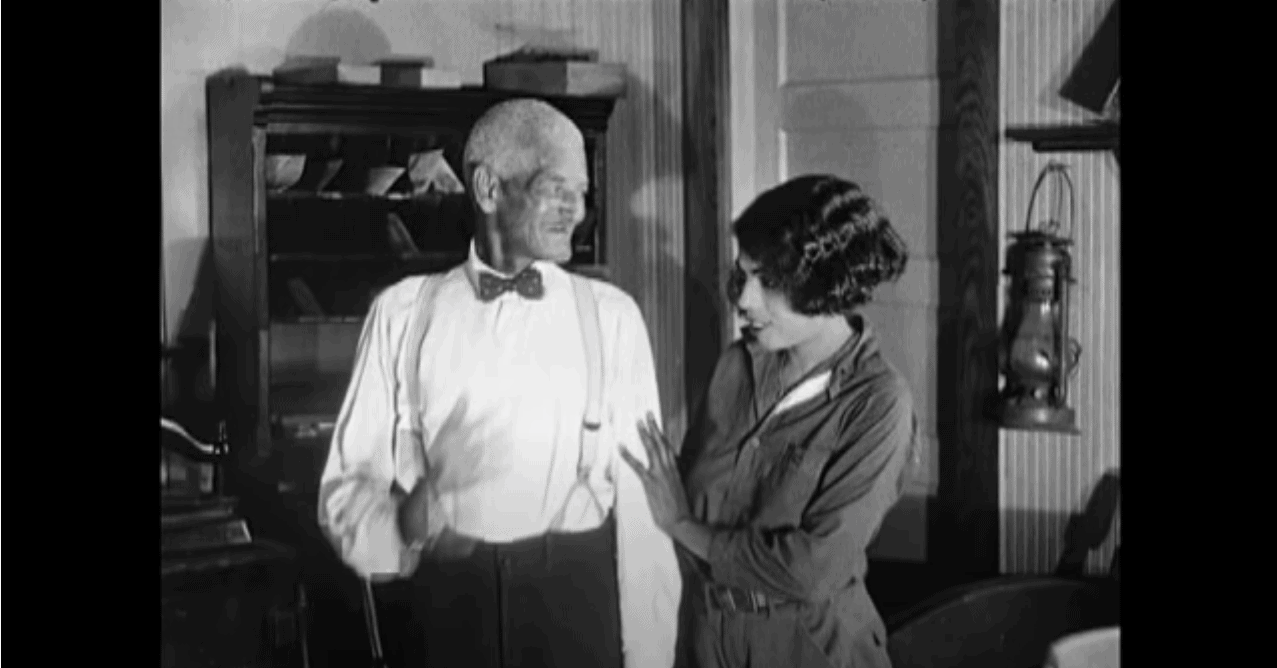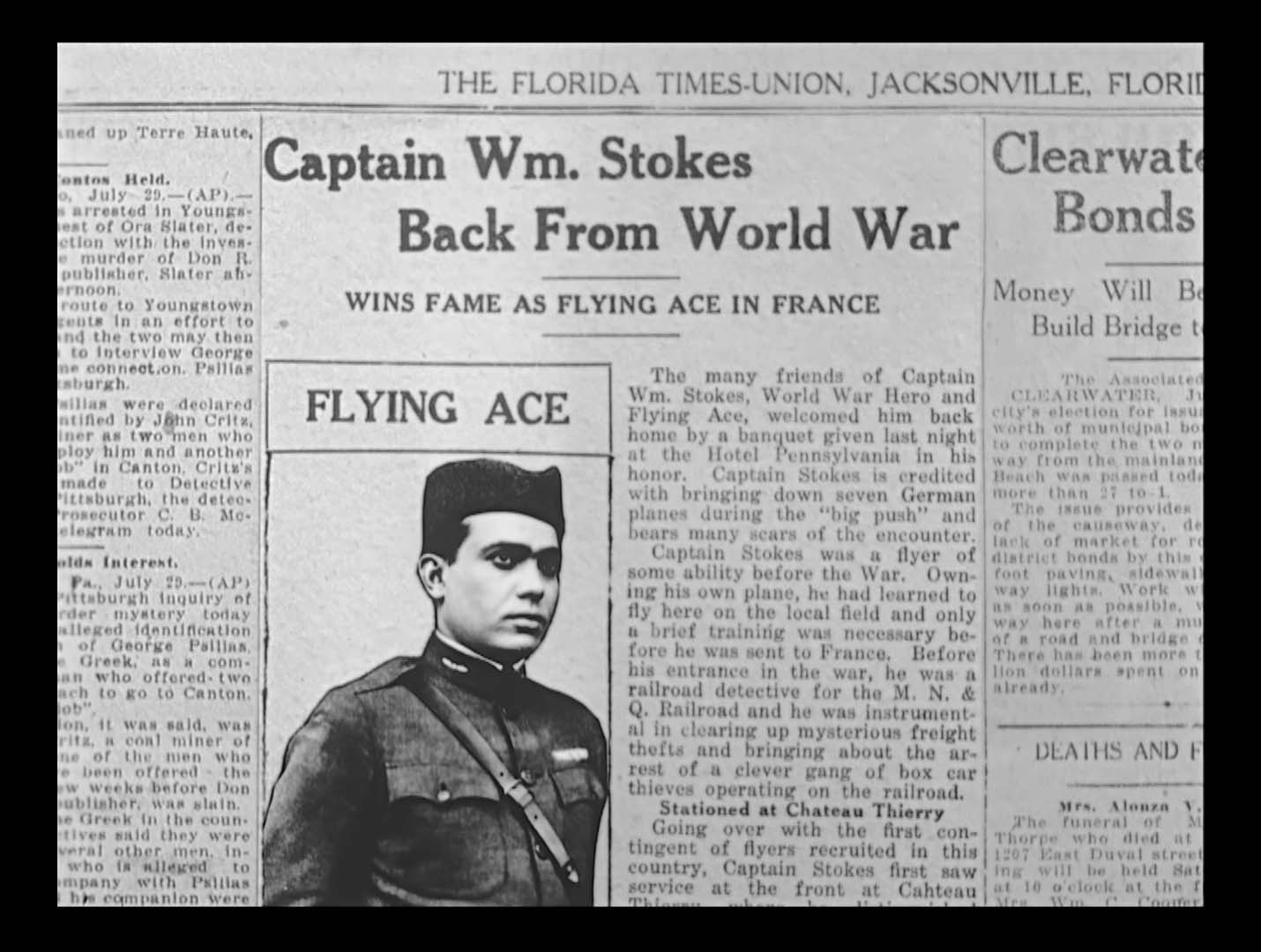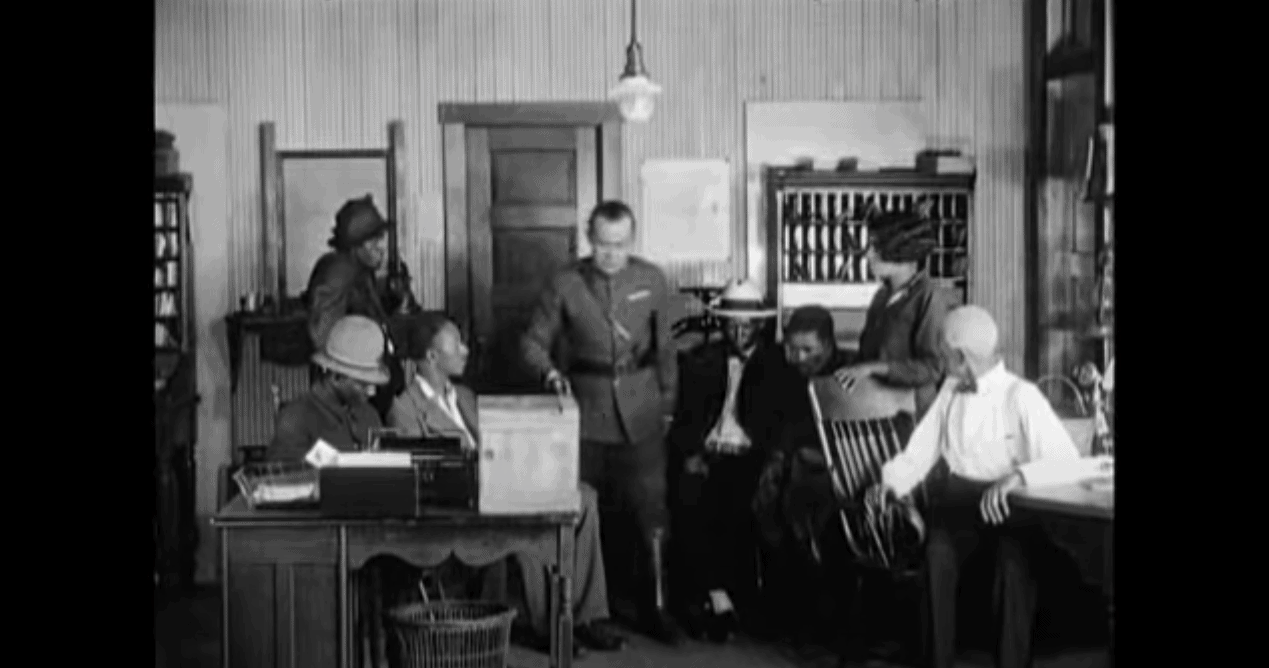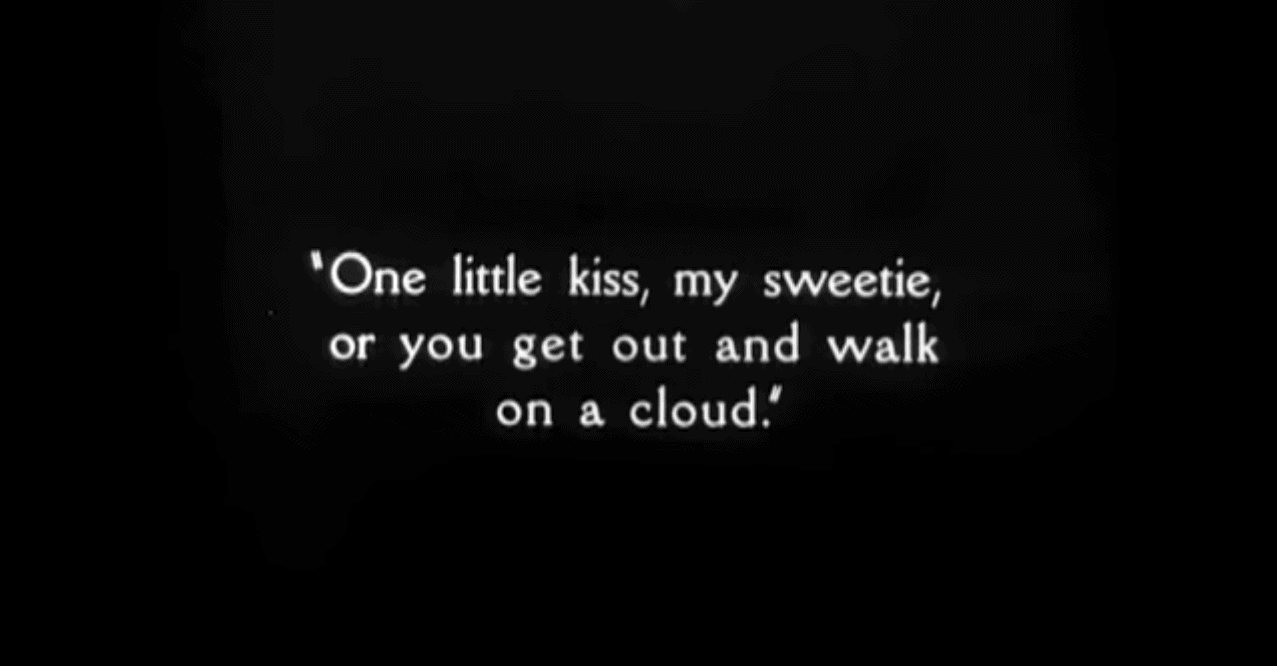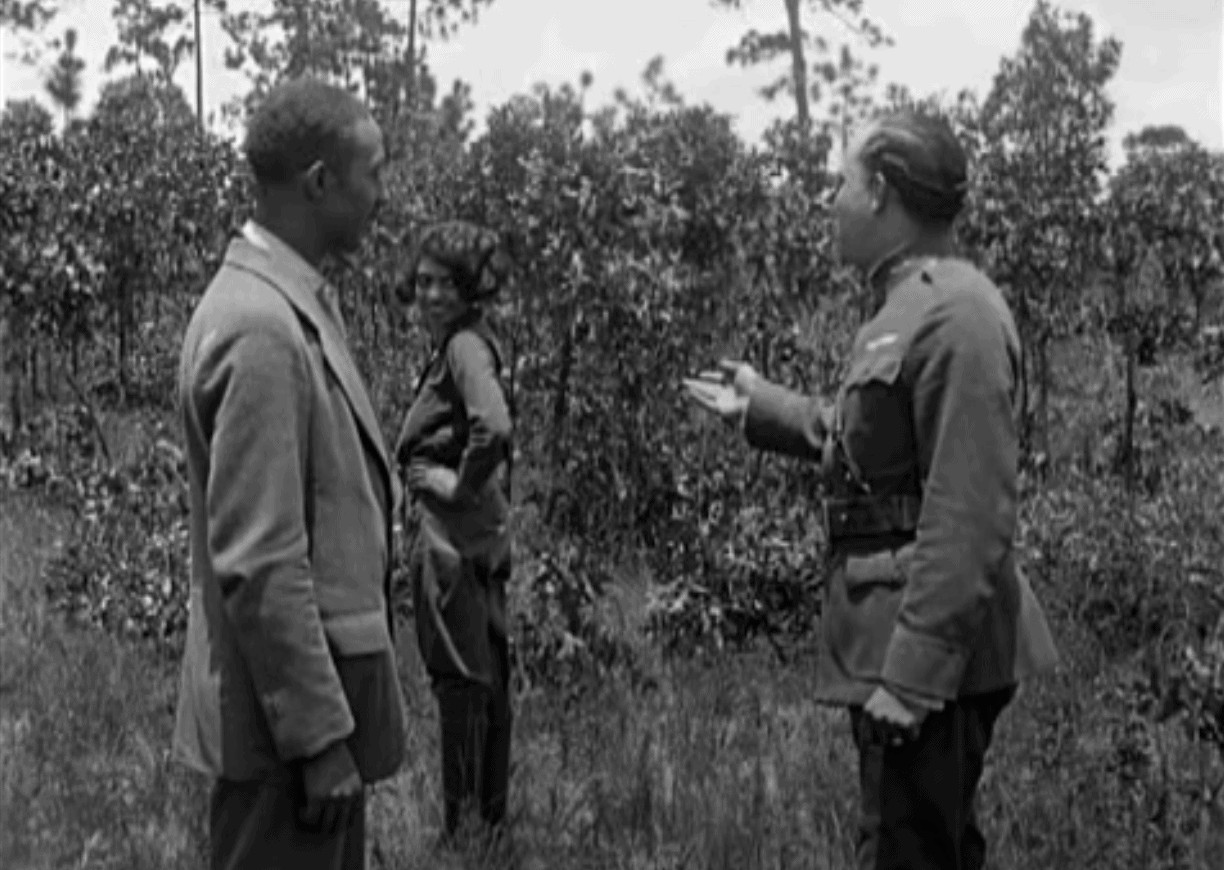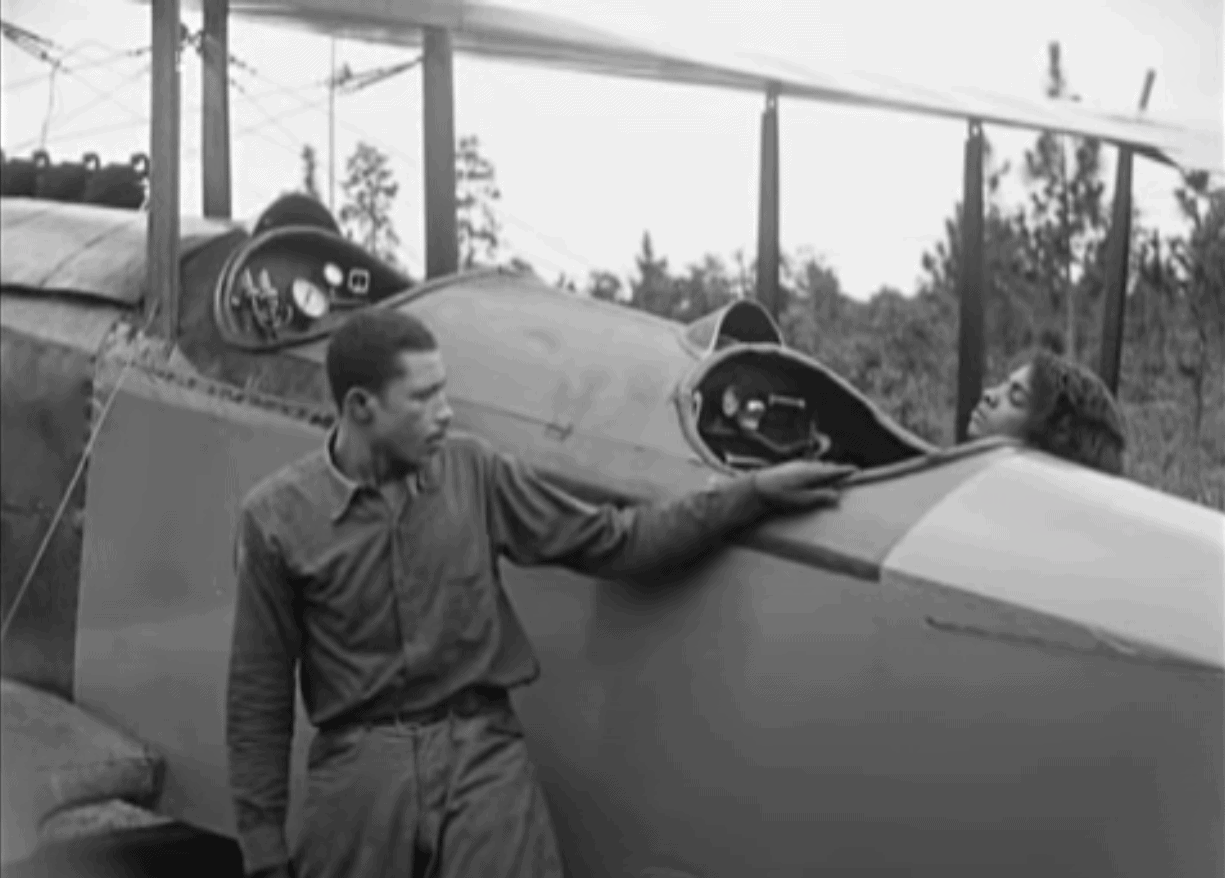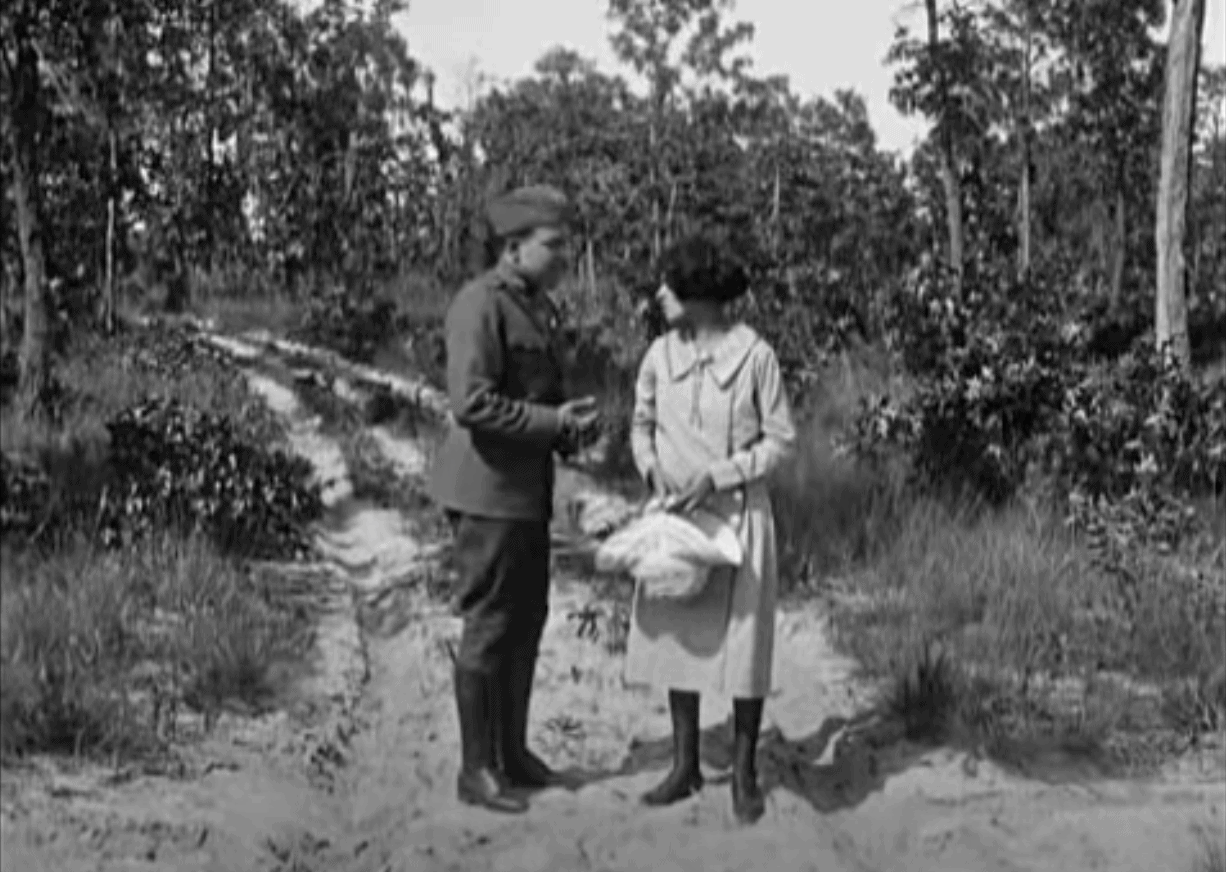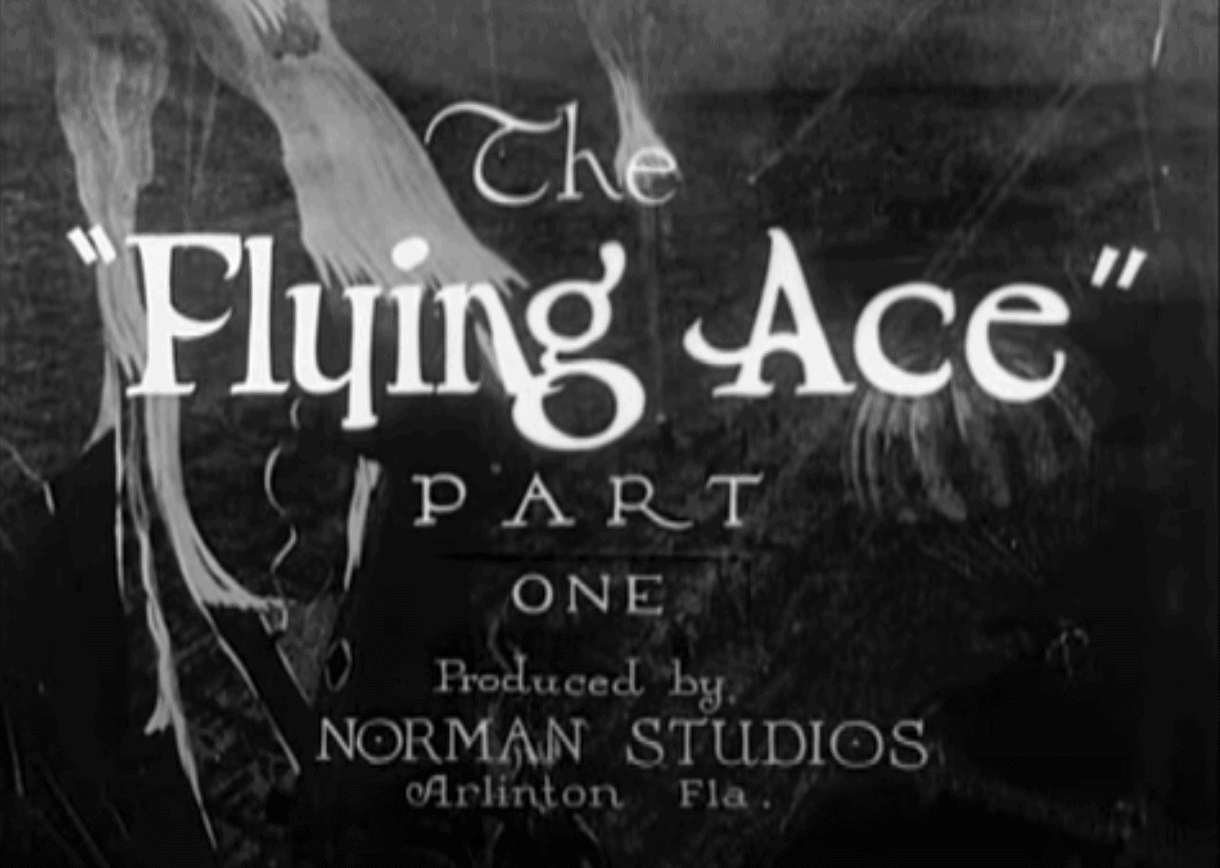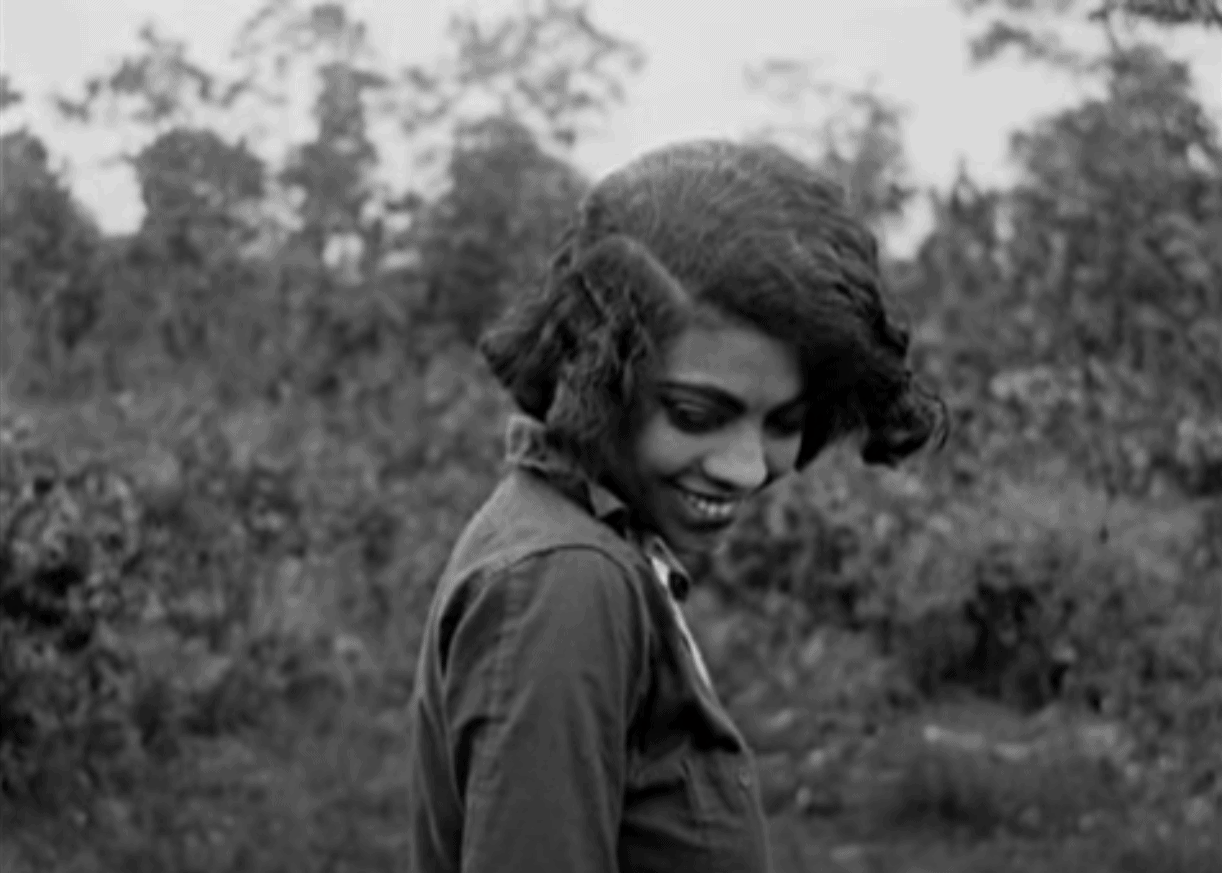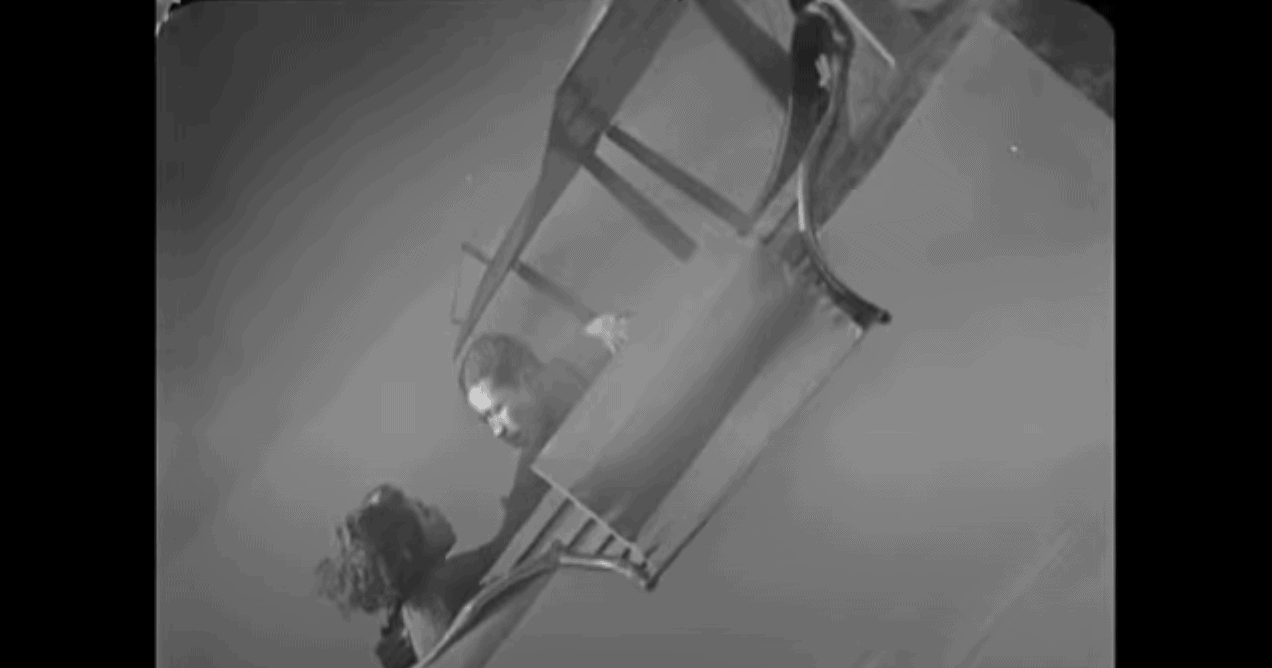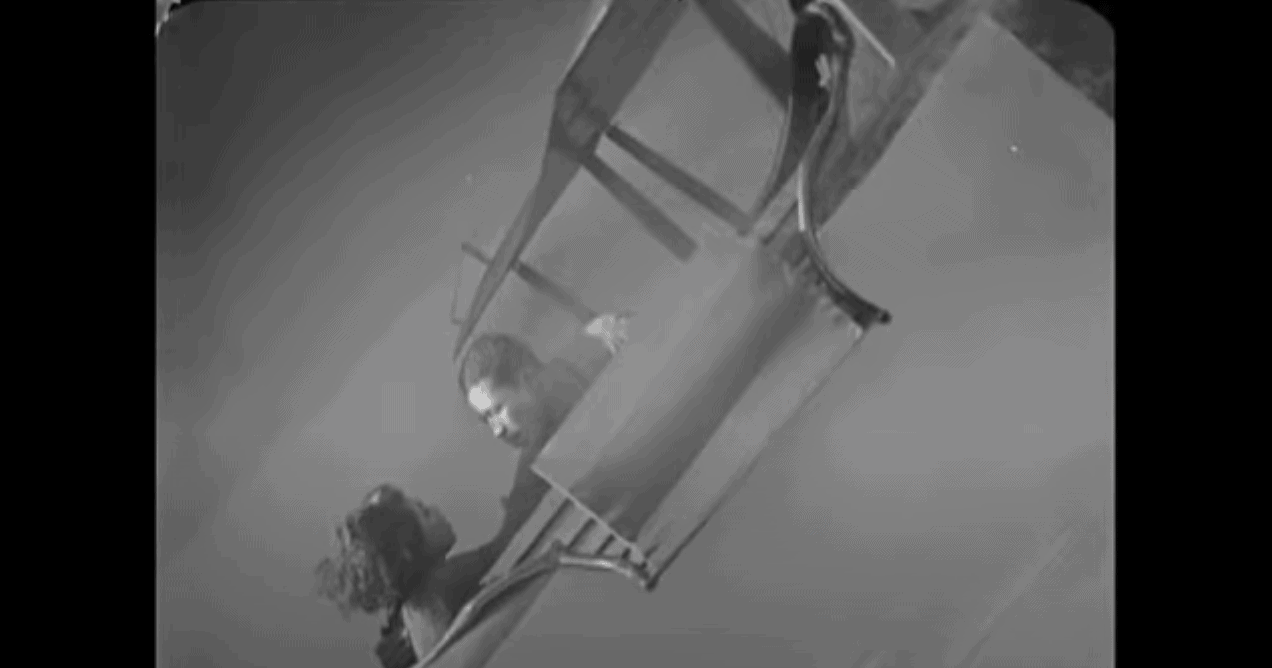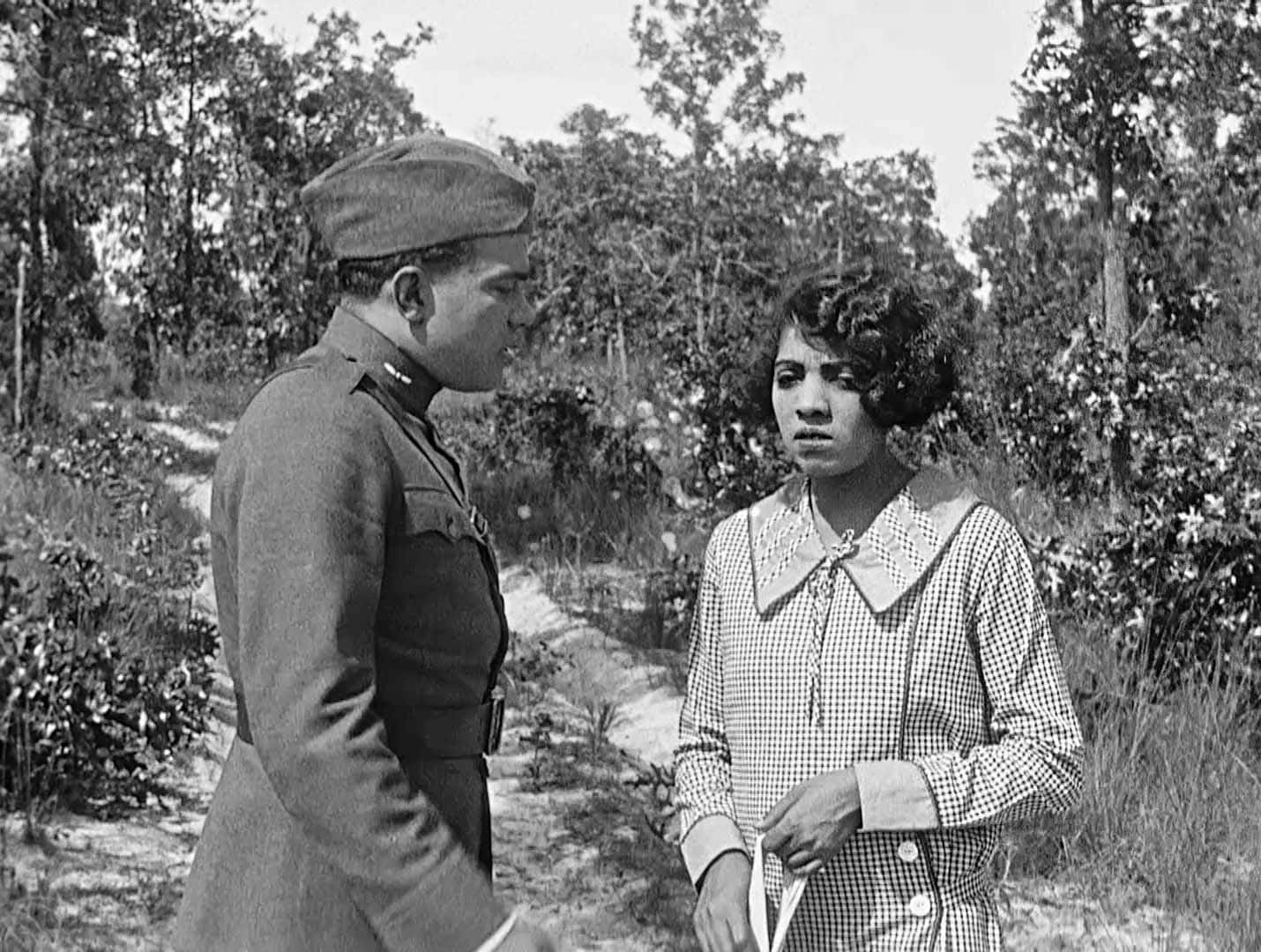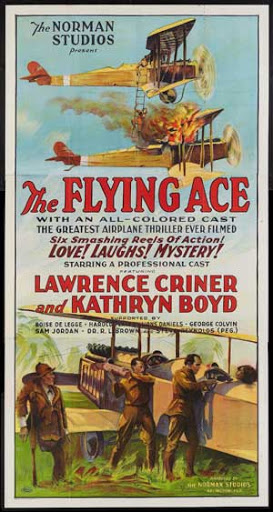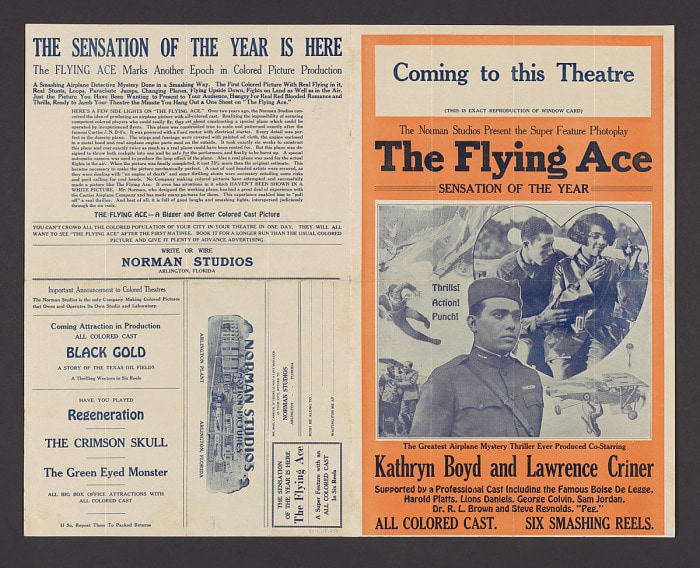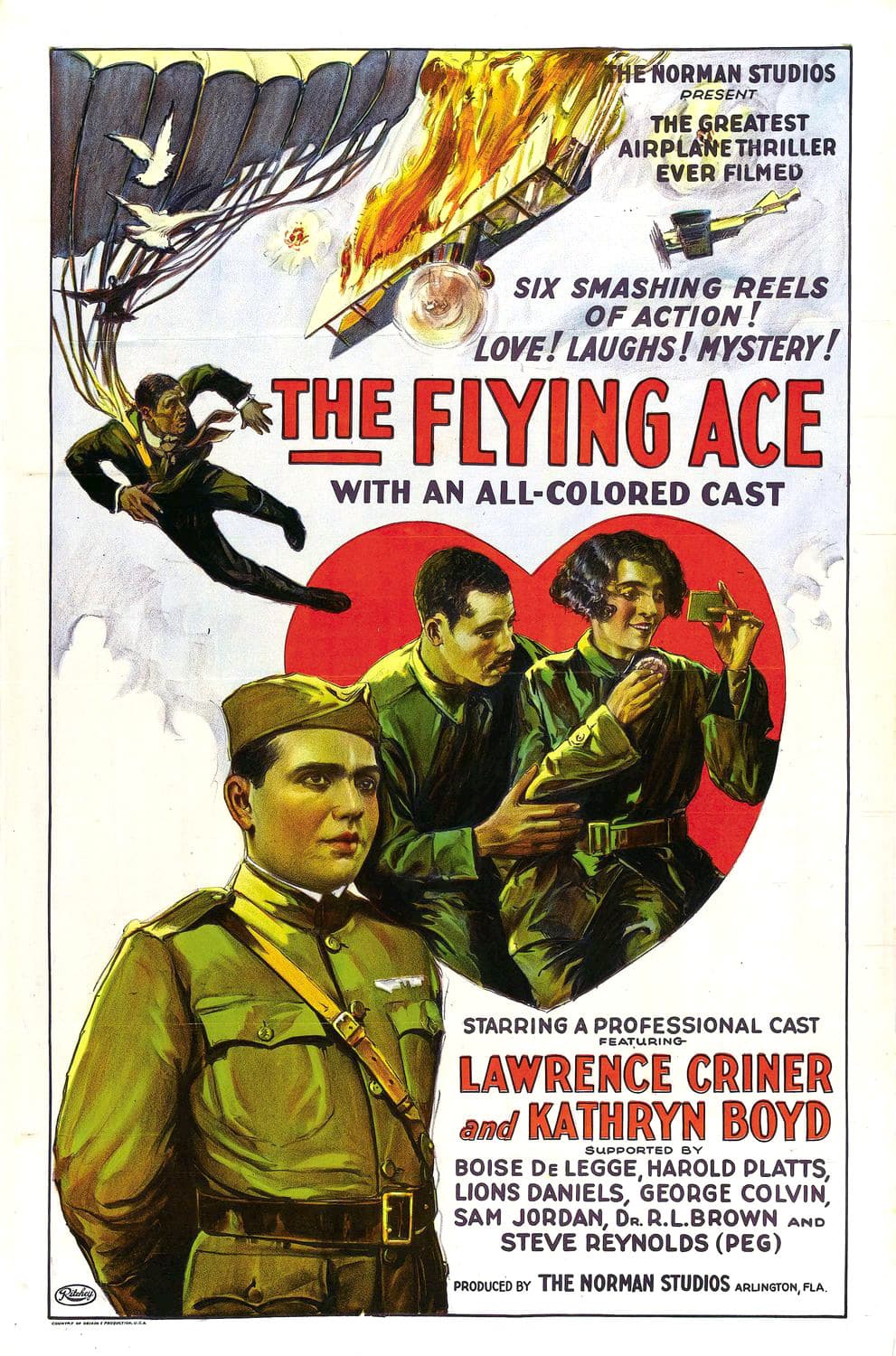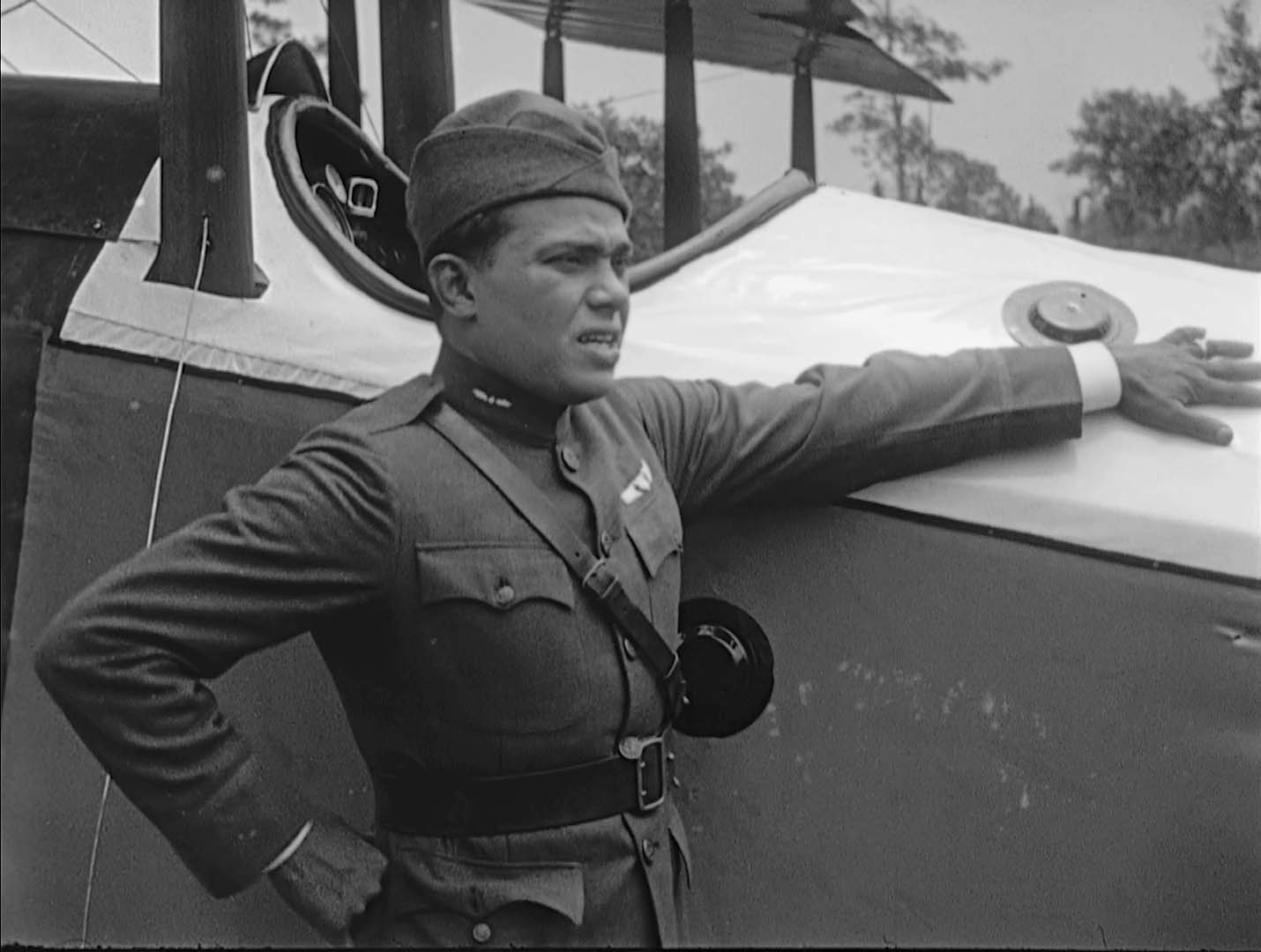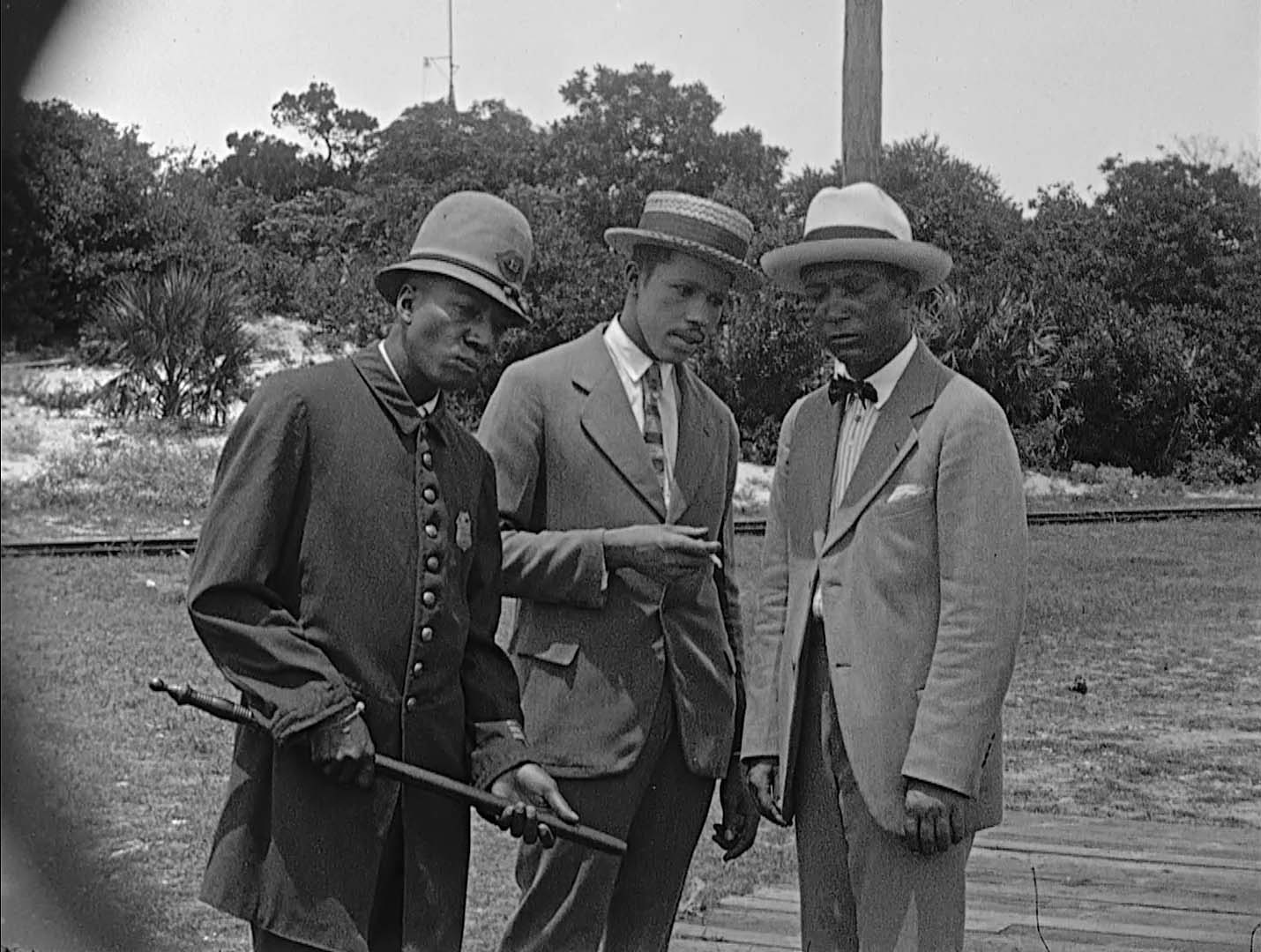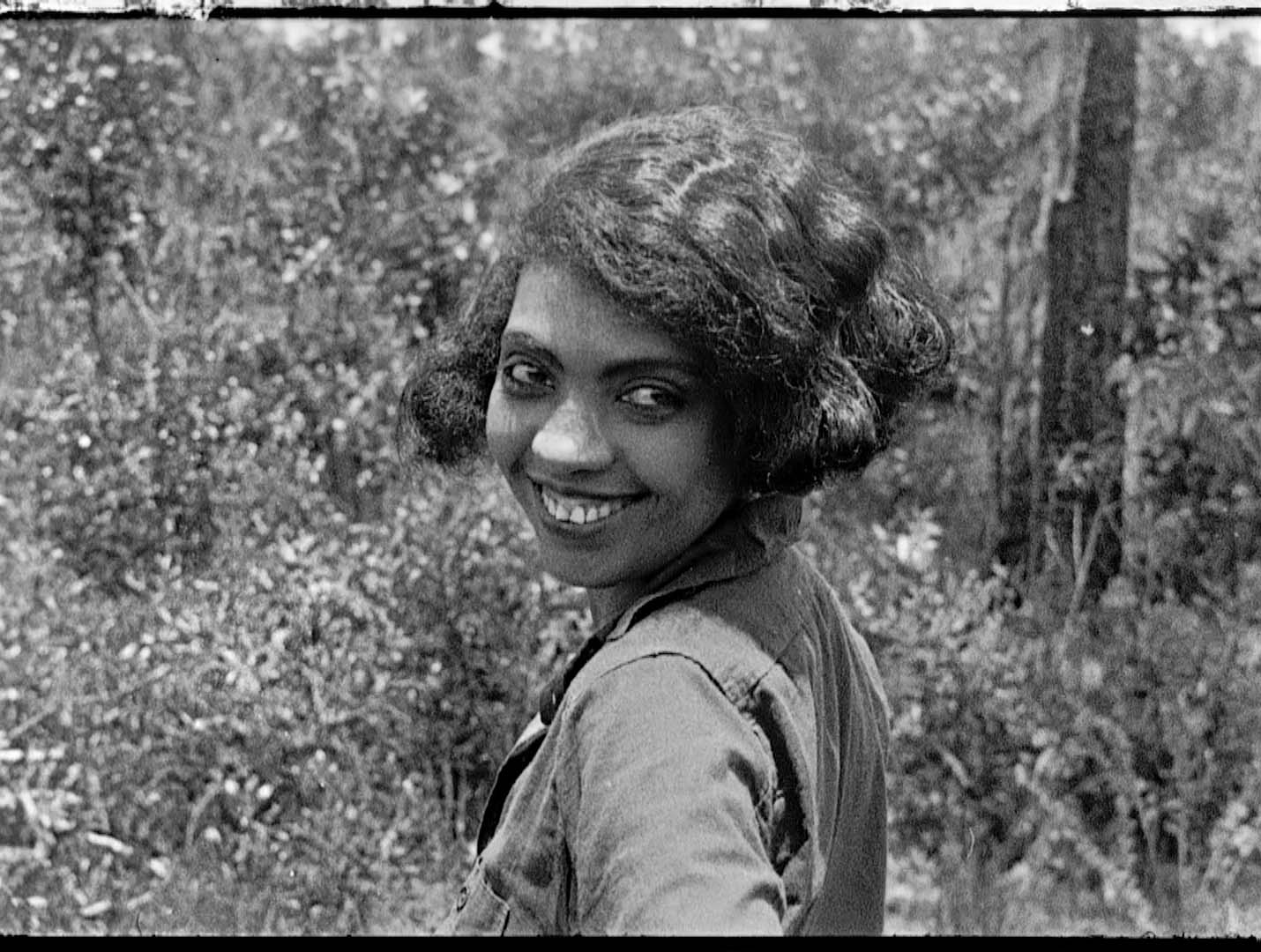MARCH 19, 2021 | 8PM
The Flying Ace (1926)
Composer, performer, and educator Andrew Earle Simpson will play a live virtual performance from his home, an original score to the 1926 silent film The Flying Ace. The film is a fictional tale about a WW1 African American pilot, was intentionally made to create a positive impact on race relations at the time.
LISTEN TO ANDREW’S INTERVIEW ON THE LAURA COATES SHOW HERE.
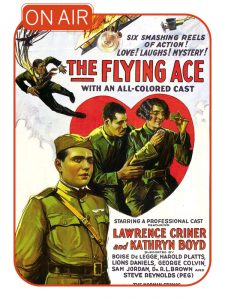
The Flying Ace is a 1926 silent drama film directed by Richard E. Norman with an all-African-American cast. This six-reel film, made by Norman Studios in Jacksonville, Florida, utilized a mix of professionals such as leads Laurence Criner and Kathryn Boyd, and non-professional actors. Films such as The Flying Ace, which used an all-African-American cast and were shown specifically to African-American audiences, were known as “race films“. Norman Studios produced feature-length and numerous short race films during the 1920s. The untapped black filmgoing market and the plethora of talented performers unable to get work in mainstream films led to the production of race films by Norman Studios.
Although the studio was filling a niche, Norman was also motivated by the state of race relations at the time and wanted to make a positive impact.
 PRODUCTION IN 1926
PRODUCTION IN 1926
With principal photography in Jacksonville, Florida, The Flying Ace was an example of producer Norman’s “home talent” films, in which he would travel to various towns with stock footage and a basic script. After recruiting local celebrities for minor roles, they would film a small portion of footage (approximately 200 feet of new material) over the course of a few days. The films were processed at Norman’s laboratory in Chicago. Once completed, the films would be screened and any funds raised would be split between Norman and the town where the scenes were shot.
Norman cast J. Laurence Criner, a veteran of Harlem’s prestigious all-black theater troupe the Lafayette Players, in the leading role of Captain Billy Stokes, a black pilot who fought in France during World War I. While Eugene Bullard was a black pilot in the Lafayette Escadrille, African-Americans were not allowed to serve as pilots in the United States Army Air Corps until 1940.
 The role of pilot Ruth Sawtelle, played by Kathryn Boyd, is loosely based on African-American aviator Bessie Coleman. Coleman had sent a letter to the Norman Studios expressing a wish to be in a film based on her life. Only a day before she was to appear in an exhibition in Jacksonville, she lost her life on April 30, 1926, when she fell from her aircraft. It is unclear whether Norman and Coleman had met.
The role of pilot Ruth Sawtelle, played by Kathryn Boyd, is loosely based on African-American aviator Bessie Coleman. Coleman had sent a letter to the Norman Studios expressing a wish to be in a film based on her life. Only a day before she was to appear in an exhibition in Jacksonville, she lost her life on April 30, 1926, when she fell from her aircraft. It is unclear whether Norman and Coleman had met.
The Flying Ace was advertised as “the greatest airplane thriller ever filmed”; however, save for one brief sequence, the film was filmed entirely on the ground, using camera tricks, such as the creative use of the camera to create the upside-down sequences to imply movement and altitude for the stationary aircraft. A full-scale mock-up of a Curtiss JN-4 biplane was also constructed.
HISTORICAL RECEPTION
Megan Pugh writes, in an essay for the San Francisco Silent Film Festival in 2010, “While it’s impossible to measure the influence The Flying Ace had on its viewers, it is reasonable to assume that audiences found its lead character inspirational.”
The Flying Ace is the only one of the Norman Studios-produced race film that is known to have survived. The Library of Congress keeps a copy of the film as it is deemed culturally significant.
Additionally, The Flying Ace is still shown in many silent film festivals and theaters. Its first public screening in decades took place in July 2010, at the San Francisco Silent Film Festival, where a restored print of The Flying Ace was shown at the Castro Theatre.
PLOT
At the train station in Mayport, Florida, Paymaster Blair Kimball (Boise De Legge) arrives a day early. Dr. A. G. Maynard (Sam Jordan), the local dentist, and Constable Jed Splivins (Lions Daniels) greet him, as pilot Finley Tucker (Harold Platts) looks on.
Kimball is carrying $25,000 for the railroad payroll, waiting with station master Thomas Sawtelle (George Colvin) in his office, Sawtelle’s daughter Ruth (Kathryn Boyd) comes with her father’s lunch. When she sees Finley, she asks for a ride in his new aircraft. After the flight, he proposes for the 100th time, but Ruth says she is not certain she loves him.
 Captain Billy Stokes (Laurence Criner), a World War I fighter pilot, known as “The Flying Ace” because of his downing of seven enemy aircraft in France, returns home to resume his former job as a railroad detective. General manager Howard MacAndrews (R.L. Brown) assigns Stokes to find Kimball, who has gone missing along with the $25,000 company payroll and apprehend a gang of railroad thieves. Stokes suspects that Finley is to blame, which is confirmed when he finds Kimball alive and hidden in the tail of Finley’s plane. With the help of Peg (Steve Reynolds), Stokes identifies Constable Splivins as a member of Finley’s gang and arrests him. A desperate and crazed Finley flies off with Ruth, whom he has drugged. Stokes chases Finley in his own aircraft but is afraid for Ruth’s safety. Shaking his captive and reviving her, Finley says Ruth has to kiss him, or “get out and walk on a cloud.”
Captain Billy Stokes (Laurence Criner), a World War I fighter pilot, known as “The Flying Ace” because of his downing of seven enemy aircraft in France, returns home to resume his former job as a railroad detective. General manager Howard MacAndrews (R.L. Brown) assigns Stokes to find Kimball, who has gone missing along with the $25,000 company payroll and apprehend a gang of railroad thieves. Stokes suspects that Finley is to blame, which is confirmed when he finds Kimball alive and hidden in the tail of Finley’s plane. With the help of Peg (Steve Reynolds), Stokes identifies Constable Splivins as a member of Finley’s gang and arrests him. A desperate and crazed Finley flies off with Ruth, whom he has drugged. Stokes chases Finley in his own aircraft but is afraid for Ruth’s safety. Shaking his captive and reviving her, Finley says Ruth has to kiss him, or “get out and walk on a cloud.”
Suddenly, Finley’s aircraft catches fire but Stokes is nearby, dropping a rope ladder to Ruth, who climbs into Stokes’ aircraft. Failing to put out the fire, Finley dons a parachute and jumps safely, only to be arrested on the ground. After her ordeal, Stokes comforts Ruth and makes his feelings about her known.
ABOUT ANDREW EARLE SIMPSON
Andrew Earle Simpson is an acclaimed composer of opera, silent film, orchestral, chamber, choral, dance, and vocal music based in Washington, DC. His musical works make multi-faceted, intimate connections with literature, visual art, and film, reflecting his own interest in linking music with the wider world, an approach which he calls “humanistic music.”
His concert and theatrical works have been performed at such venues as Lincoln Center, Carnegie Hall, Kennedy Center, Music Center at Strathmore, National Gallery of Art, Library of Congress, Smithsonian Museums of American Art, American History, and Freer-Sackler Gallery, and the Getty Museum in Los Angeles. He has collaborated with visual artists and digital animators in programs at the National Gallery of Art and other venues, including painting, films, and animations by Man Ray and Marcel Duchamp, René Clair, Sharon Louden, Micheline Klagsbrun, David Brody, Jodie Mack, and many others.
 One of America’s foremost silent film musicians, he has performed across the United States, Europe, and South America. He is Resident Film Accompanist at the National Gallery of Art and a regularly featured accompanist at the Library of Congress’ Mt. Pony Theater in Culpeper, VA, as well as Keyboard Artist for the Cantate Chamber Singers. He has performed silent film scores at the Giornate del Cinema Muto in Pordenone, Italy, Lincoln Center in New York City, the Kennedy Center for the Performing Arts in Washington, DC, the Sala Cecelia Meireles in Rio de Janeiro, Brazil, Harvard Film Archive, UCLA Film and Television Archive, and festivals such as Cinefest, Slapsticon, Orphans, and the Library of Congress’ Mostly Lost workshops. Simpson also conceived and co-founded Atlas Performing Arts Center’s Silent Film Series, entering its fifth season in 2020-21, for which he is curator and resident musician.
One of America’s foremost silent film musicians, he has performed across the United States, Europe, and South America. He is Resident Film Accompanist at the National Gallery of Art and a regularly featured accompanist at the Library of Congress’ Mt. Pony Theater in Culpeper, VA, as well as Keyboard Artist for the Cantate Chamber Singers. He has performed silent film scores at the Giornate del Cinema Muto in Pordenone, Italy, Lincoln Center in New York City, the Kennedy Center for the Performing Arts in Washington, DC, the Sala Cecelia Meireles in Rio de Janeiro, Brazil, Harvard Film Archive, UCLA Film and Television Archive, and festivals such as Cinefest, Slapsticon, Orphans, and the Library of Congress’ Mostly Lost workshops. Simpson also conceived and co-founded Atlas Performing Arts Center’s Silent Film Series, entering its fifth season in 2020-21, for which he is curator and resident musician.
Andrew Simpson’s chamber, vocal, choral, and silent film music has been recorded on the Naxos, Albany, Fleur de Son Classics, Capstone, Athena, and other labels. His silent film scores have been broadcast on the Turner Classic Movies Channel, and more than fifty of his silent film piano, theater organ, and chamber ensemble scores are available on DVD/Blu-Ray through Kino-Lorber, Flicker Alley, Olive Films, Undercrank Productions, and All Day Entertainment.
In April 2020, he launched “Sparklers,” a daily YouTube improvisation series featuring a short, improvised piece for piano or other instruments accompanied by still and moving images which the composer creates and curates. The pieces embrace a wide variety of musical styles, and the accompanying films engage with stop motion, montage, color studies, silent film, and other genres. The 261-episode series concluded on January 1, 2021.
Simpson has since launched a new weekly YouTube series in January 2021 entitled “Afterglow,” which connects music with culture and history.
Andrew Earle Simpson is ordinary (full) professor and founder/director of the Master of Music, Stage Music Emphasis Composition program at the Benjamin T. Rome School of Music, Drama, and Art at The Catholic University of America in Washington, DC.
Andrew Earle Simpson’s interview on the Laura Coates Show will be available on this page on Wednesday, March 17, 2021.

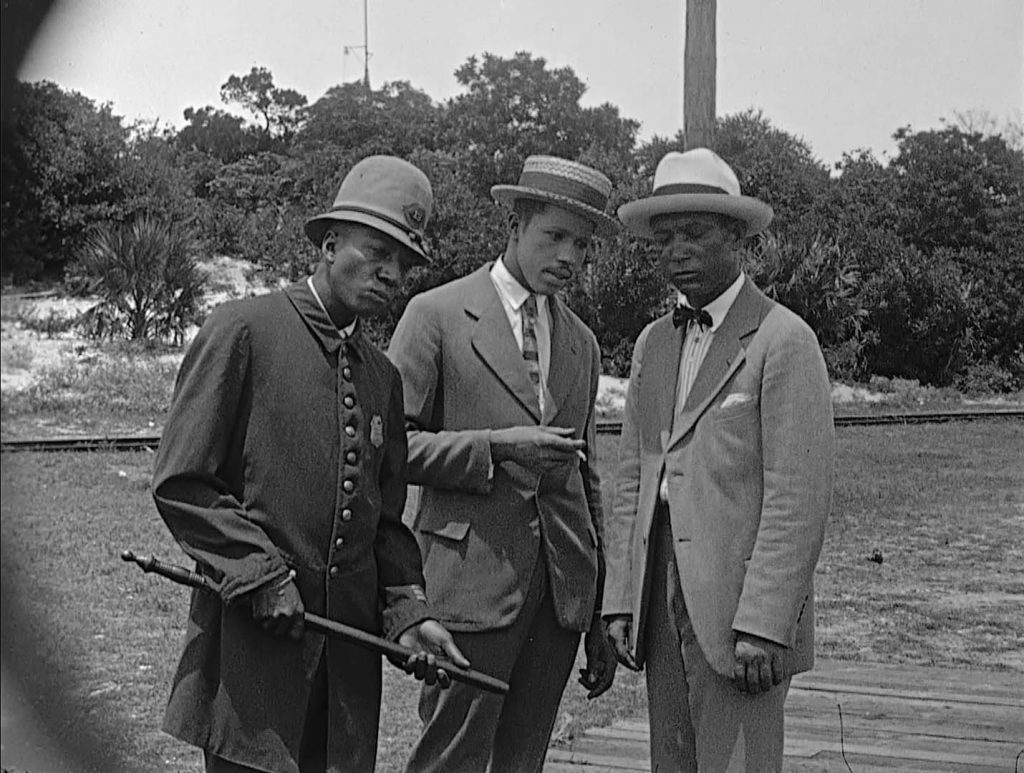 PRODUCTION IN 1926
PRODUCTION IN 1926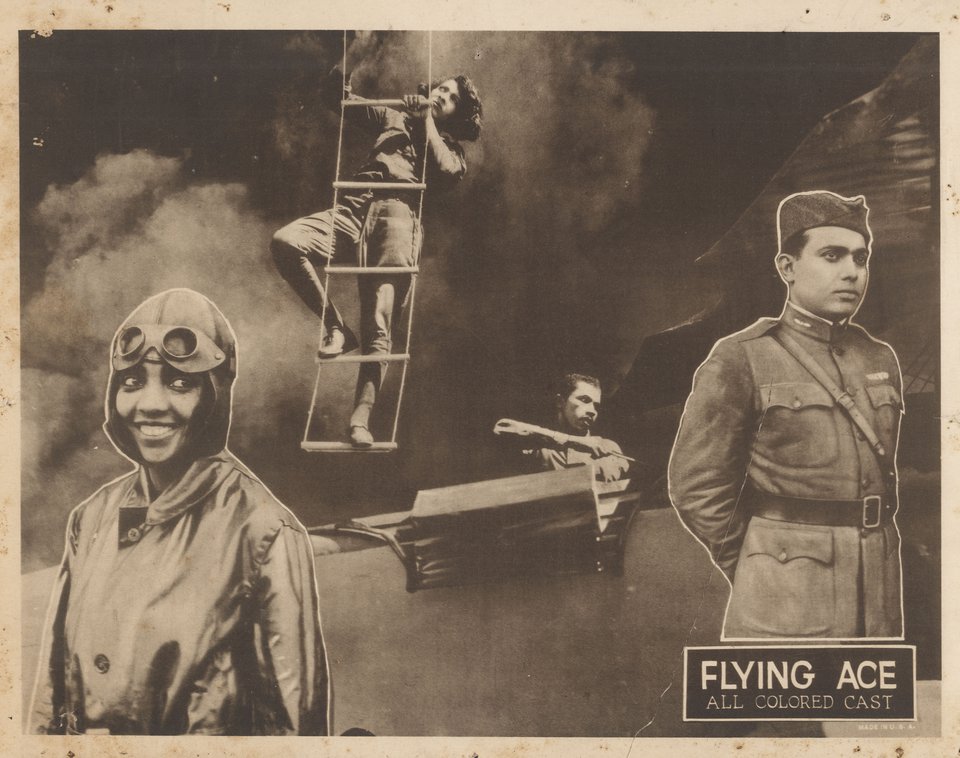 The role of pilot Ruth Sawtelle, played by Kathryn Boyd, is loosely based on African-American aviator
The role of pilot Ruth Sawtelle, played by Kathryn Boyd, is loosely based on African-American aviator 